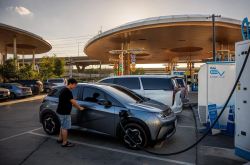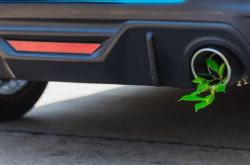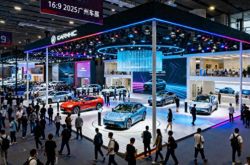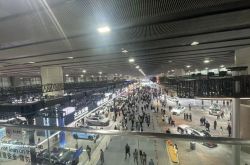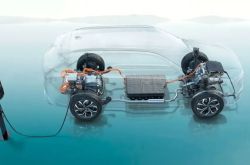Auto Show Insights: From Introduction to Integration, Joint Venture Brands Are Making Waves!
![]() 11/26 2025
11/26 2025
![]() 538
538
The exhibition halls buzzed with excitement as crowds flocked to witness the unveiling of new cars. Joint venture brands, which had previously lagged in the shift towards electrification, made a remarkable resurgence at the Guangzhou Auto Show.
At the 23rd Guangzhou International Auto Show, joint venture brands were no longer mere spectators in the new energy vehicle (NEV) race. Leading joint venture automakers like Volkswagen, Toyota, Nissan, General Motors, and Ford rolled out a slew of new intelligent electrified vehicles. They leveraged localized technology adaptations and precise pricing strategies to make a significant impact.
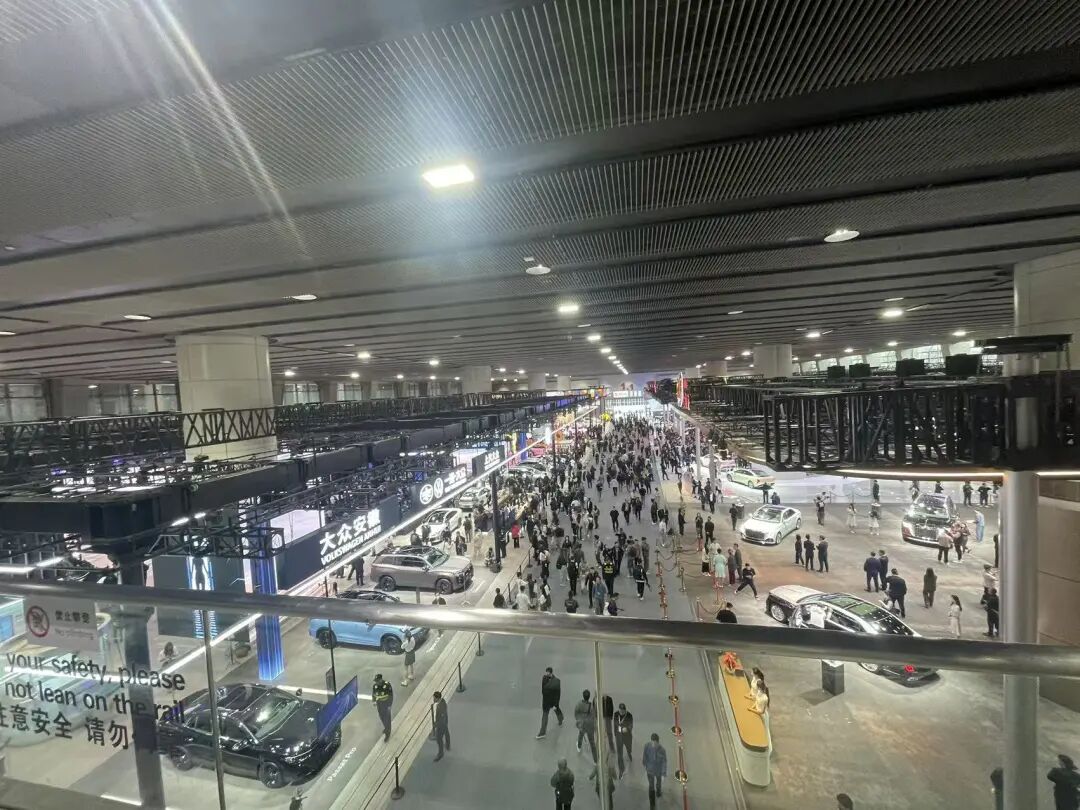
The popularity of joint venture brand booths soared at the auto show, with several new models drawing enthusiastic crowds. In a stark departure from previous years, these brands have abandoned their conservative approach and are now introducing electrified and intelligent models tailored specifically for the Chinese market.
The Clarion Call for a Counterattack
Joint venture brands delivered an impressive performance at this year's Guangzhou Auto Show. According to official auto show data, joint venture brand models accounted for 32% of the 629 NEVs on display, marking a 10 percentage point increase from the previous year. This data significantly challenges the recent trend where domestic brands and NEV startups have dominated the auto show scene.
GAC Toyota announced the full implementation of its "Dual Fuel and Electric Strength" strategy with a 24-hour "Dual Vehicle Launch Event." The all-new Highlander and Toyota's luxury flagship D-segment pure electric sedan, the bZ4X (Platinum Wisdom 7) featuring the HarmonyOS cockpit, made their debut simultaneously, showcasing a blend of tradition and innovation.
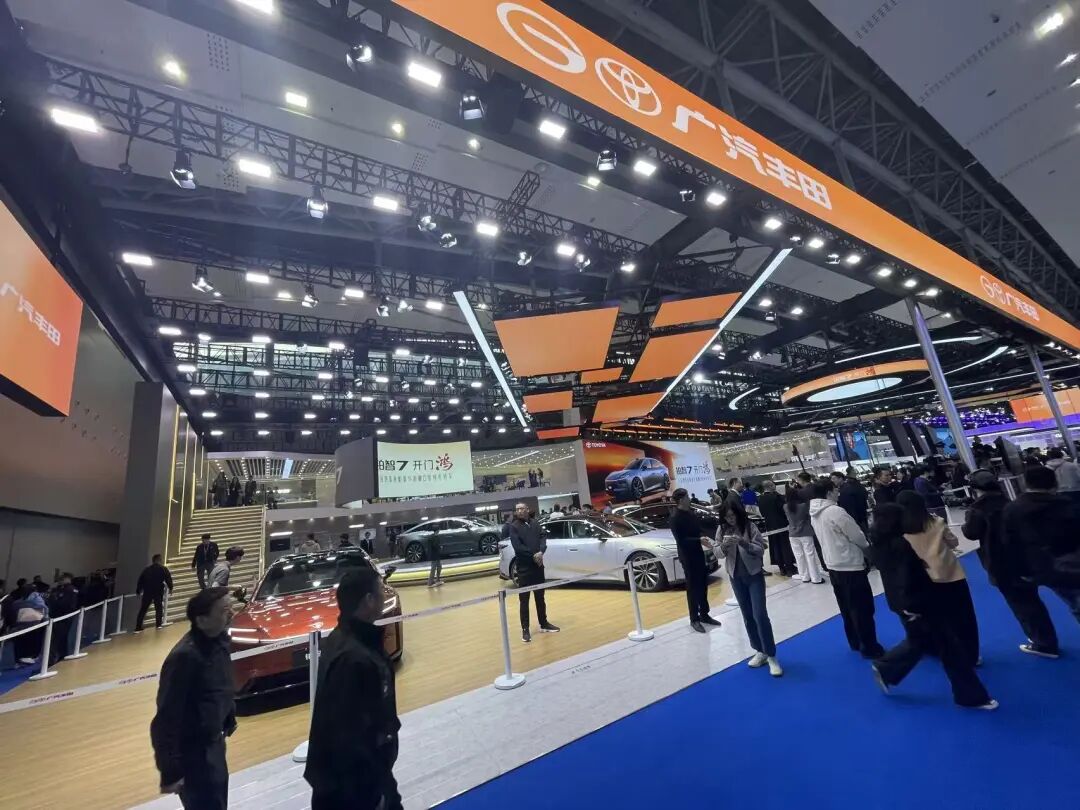
Dongfeng Nissan directly teamed up with Huawei to launch the Teana HarmonyOS Cockpit Edition, becoming the "world's first fuel vehicle with a HarmonyOS cockpit." This collaboration addresses Nissan's long-standing criticism regarding intelligent interaction shortcomings, injecting new intelligent vitality into traditional fuel vehicles.
Volkswagen, with the theme "Crafted for You," introduced two all-new plug-in hybrid models for their debut: the SAIC Volkswagen Passat ePro and the FAW-Volkswagen All-New Tayron L Plug-in Hybrid.
Localized Technology as the Key to Breakthrough
Joint venture brands are well-versed in the principle of "In China, For China."
At this auto show, they have moved beyond simply introducing global models and are actively embracing Chinese technology. They launched multiple models equipped with local intelligent systems.
As Toyota's first sedan featuring the HarmonyOS cockpit, the GAC Toyota bZ4X (Platinum Wisdom 7) not only integrates Huawei's intelligent cockpit technology but also incorporates Huawei's DriveONE electric drive system, boasting a maximum power output of 207 kilowatts.
This open attitude indicates that joint venture brands are shedding their previous technological arrogance and showing greater respect for the unique characteristics of the Chinese market.
Toyota's collaboration with Huawei is not just a "takeover" but a deep integration with Toyota's standards. As GAC Toyota's full-link partner, Huawei's involvement spans from HiCar, TSS 4.0 intelligent driving modules to Huawei's electric drive and HarmonyOS cockpit, laying a foundation for long-term competitiveness through this deep collaboration.

Joint venture automakers, including Volkswagen, Nissan, and Mazda, have also bolstered their locally-led R&D efforts in China and integrated with local supply chains to achieve more competitive pricing. Volkswagen Group recently established its first full-process R&D and testing center outside its headquarters in China.
Notably, over 80% of joint venture NEVs are equipped with intelligent driving or cockpit systems developed in China, highlighting a fundamental shift in joint venture brands' strategies in China.
Marketing Innovations to Attract Young Audiences
In addition to technological localization adaptations, joint venture brands are also showcasing new vitality in their marketing approaches.
The Golden Emblem Volkswagen booth created a massive "Zootopia 2" themed amusement park, featuring dynamic music, familiar character elements, and interactive exhibit zones, collectively constructing a trendy play space that transcends dimensional boundaries.
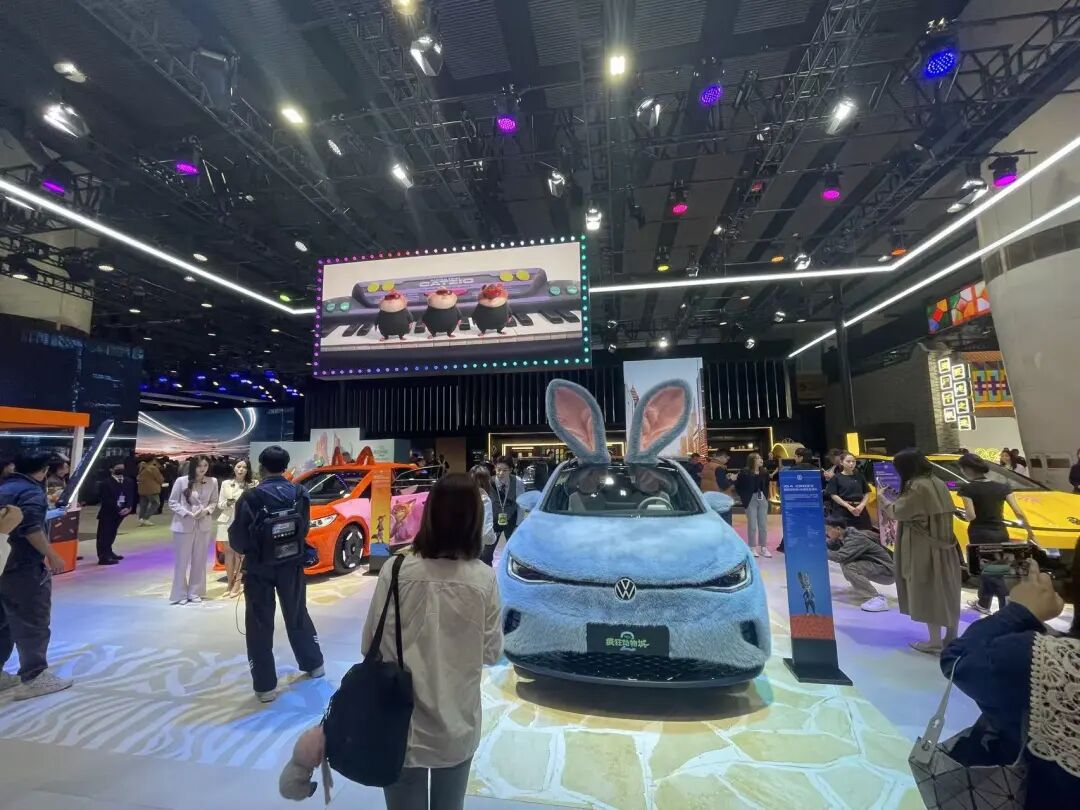
The special edition View 06 exhibit vehicle, adorned in the same vibrant yellow as "Judy Hopps," became the undeniable "showstopper" of the entire exhibition hall.
When launching the Teana HarmonyOS Cockpit Edition, Dongfeng Nissan deliberately invited singer Jane Zhang to perform live, transforming the traditional vehicle launch into a fan and technology-infused extravaganza.
GAC Toyota has established a more open and equitable dialogue mechanism through activities such as RCE (Road to Customer Engagement) deep exchanges and user co-creation, attempting to forge deeper emotional connections with consumers.
The Strategic Choice of Dual Fuel and Electric Offensive
Faced with the rapid changes in the Chinese market, joint venture brands are no longer blindly pursuing the aggressive strategy of "all-in electrification" but are instead formulating more pragmatic product pathways based on their strengths.
Wen Dali, Executive Deputy General Manager of GAC Toyota, stated in an interview, "'Dual Fuel and Electric Strength' is not an unattainable slogan but an industrial reality that is currently unfolding." This mindset is highly representative among joint venture brands.
Brands such as Toyota and Volkswagen have opted for a dual fuel and electric strategy. The all-new Highlander, as a traditional fuel vehicle, is equipped with Toyota's new electronic electrical architecture, reconstructing the underlying technological DNA of fuel vehicles with a "domain control architecture."
Meanwhile, the bZ4X (Platinum Wisdom 7) directly enters the core battleground of intelligent electric vehicles with its "luxury new trifecta" - dual-chamber air suspension, LiDAR-based intelligent driving, and the HarmonyOS cockpit.

Ford introduced the Intelligent Fun Bronco, based on its native intelligent new energy architecture, offering extended-range and pure electric dual powertrain versions for the first time, as well as the new Mondeo, covering 1.5T and 2.0T fuel versions and a 1.5T hybrid version.
The collective efforts of joint venture brands at this year's Guangzhou Auto Show are not an isolated phenomenon but a concentrated eruption of long-term accumulation. With the successive delivery of several competitive products, the market share of joint venture brands in China is expected to reverse by 2026.
"In the past, joint venture vehicles relied on brand premium, but now it's all about technological adaptation," said an industry expert. Among the NEV models launched by joint venture brands at this auto show, over 80% are equipped with intelligent driving or cockpit systems developed in China. Joint venture brands have transitioned from past "technological introductions" to "technological integration."


